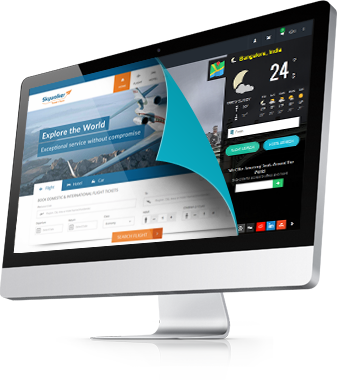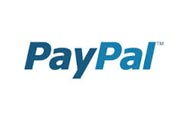A travel GDS system is a global network operating as an intermediary between airlines, hotels and other service providers with travel agents, DMCs, corporate travel management companies and travel distribution platforms. Travel GDS platforms consolidates the inventory, availability, pricing and will desired details and grants the access to agents, OTAs, IBEs and other channels.
One of key prerequisites of travel GDS integration on your website is IATA accreditation (or ARC, if you are in United States). If you are an IATA agent, you can apply for any of top GDS systems like Amadeus, Travelport or Sabre. Once you receive your test credentials, hire a professional travel portal development company to integrate the GDS web services on your booking platform. Once the integration is done, you can proceed for live certification to make it live.
IATA NDC - New Distribution Capability is a travel & hospitality industry-supported program launched by IATA for the development, growth and adoption of new XML-based data transmission standard, which is called NDC standards today. This was started in 2012 by IATA to replace the old EDIFACT, which global distribution systems rely on. EDIFACT can only display information such as fares and schedules and needed an upgrade to meet the new global standards.
Travel GDS provides a single point of access for consolidated travel inventory and pricing. Millions of agents access that data, process the bookings for their end customers at any given time. The information provided by travel GDS systems like inventory, rates, availability, details are in real time and thus it reduces the overall execution time per booking for travel agencies is less, which leads to higher revenues and profits.
If the agency is Non IATA then what are the alternatives one has for travel GDS systems? Then the agencies have the option of going with third party APIs like flight APIs, hotel APIs, transfer APIs through consolidators or aggregators.

















